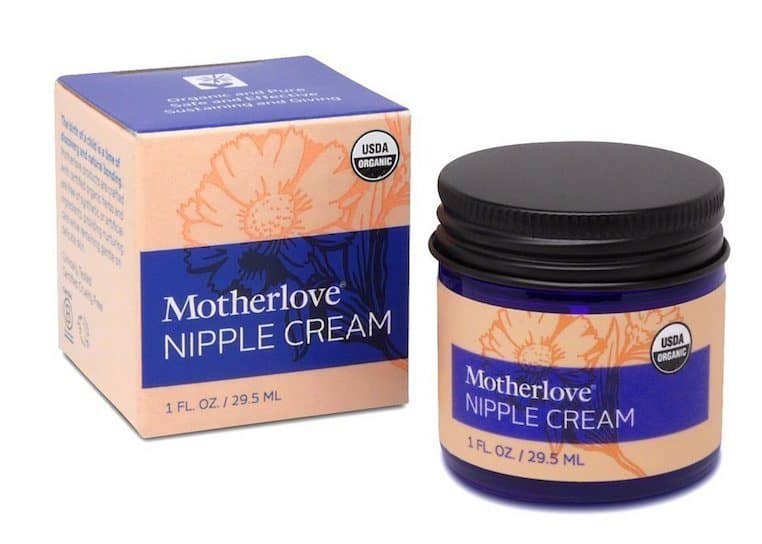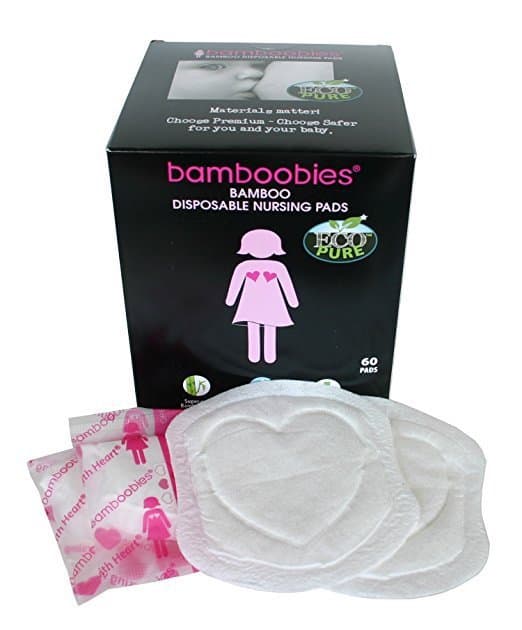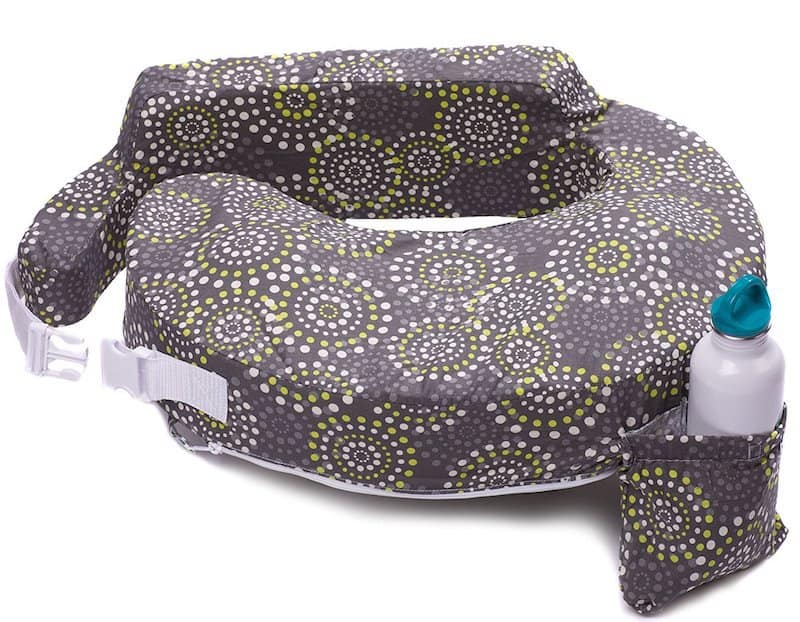5 Secrets for Breastfeeding Success Straight from a Board Certified Lactation Consultant
You’ve already heard the adage “breast is best.” Breastfeeding has been shown to be immunologically, emotionally and nutritionally advantageous.
But did you know there’s another rarely reported benefit of breastfeeding? Dental health.
The primal ways of providing for our children to ensure that they develop to their full genetic potential have, in many cases, long been forgotten. Breastfeeding being a good example.
Breastfed babies have a better chance of oral health thanks to breastfeeding’s effects on the development of the oral cavity and airway. Children with a properly developed, wide dental arch are more commonly breastfed, and may have fewer problems with snoring and sleep apnea later in life.
With fewer malocclusions (technical term for crooked teeth) children who were breastfed may have a reduced need for orthodontics as well. Breastfeeding also helps the lower face and airway develop correctly minimizing the chance that your child will have sleep issues.
However, many think breastfeeding will come naturally, and that’s simply not the case, according to breastfeeding experts. When discussing the importance of breastfeeding to oral health with my patients and my readers, I continually hear the following laments:
“If breastfeeding is natural, why is it so freakin’ hard?”
“I just don’t produce enough milk.”
“Breastfeeding is just too hard on my body—I’m giving up.”
That’s why I’m thrilled to invite board certified lactation consultant, Farrell Topham, IBCLC from Breastfeeding SF to the blog today to share her secrets for breastfeeding success. Farrell is one of the best in the field, and her article should help make breastfeeding less frustrating, less mysterious, and most of all, a pain-free success!
Dr. Mark Burhenne
Many moms desire to breastfeed because it is the “natural” thing to do. Dreamy pictures of mothers nursing in frilly nightgowns can be found in almost every OB/Midwife office, giving the impression that breastfeeding is a perfect and magical activity.
While nursing can be a tremendously beautiful human experience that forms a deep bond between parent and child, this ideal connection doesn’t often happen immediately after birth because breastfeeding is a learned skill.
Hearing that breastfeeding is “natural” is a bit misleading. It is the biologically normal way for mammal mothers to feed their young, but it rarely comes naturally to moms because each mother-baby pair has to learn how to do it and figure out how their puzzle pieces fit together.
Just like any other learned skill–like riding a bike or walking a tightrope–breastfeeding involves stumbling at first, perfecting with practice and absolutely requires coaching and support. Once you understand this reality and set up accurate expectations, it is time to get prepared!
Learning how breastfeeding works through prenatal education and preparation greatly increases the chance of meeting your breastfeeding goals and generally makes the postpartum experience more relaxed and joyful.
My 5 Best Tips for Breastfeeding Success:
1. Build a Strong Milk Supply
As a lactation consultant one of the most common phrases I hear is “I’m worried I don’t have enough milk!” The most important thing one can do to avoid concerns about supply is to ensure you lay a really strong foundation early on.
Here’s what most people don’t realize: The first few days postpartum are your body’s calibration period. Your breasts want to know how much milk to make and it is essential that you and your baby reply with a resounding “lots and lots please!” So how can you tell your body to build a strong supply in the calibration stage?
Frequent Breastfeeding
Lots and lots of breastfeeding is a fabulous way to not only lay the foundation for copious milk supply but to perfect the art of fitting together with your baby. Aim for at least 10 times in 24 hrs, the more the better!
Skin to Skin
When you keep your baby on your body (their natural habitat after all) you allow them the best opportunity to help you establish supply. When placed skin to skin, a newborn’s primal breastfeeding reflexes switch on – rooting, bobbing, wiggling and seeking towards the breast. Allowing baby lots of time to exercise these reflexes at breast increases the strength of milk supply and the speed at which your baby learns to breastfeed.
Breast Massage & Hand Expression
Gentle – keyword gentle– breast massage and hand expression are very effective for stimulating the breast and establishing supply. Make up your own technique or watch this excellent video.
It is important for every mother and baby to establish supply in the early days, and it is especially crucial to do so if the mom has any medical risk factors for low milk supply such as infertility, diabetes, PCOS, thyroid issues, major breast surgeries, preterm birth, or history of low milk supply with a previous baby. If you have a risk factor for low milk supply, I recommend reaching out to an IBCLC Lactation Consultant before or as soon as possible after birth to ensure supply is well established.
2. No, Nipple Pain Is NOT Normal!
Perhaps the biggest breastfeeding myth of all time is “breastfeeding just hurts!” Any lactation consultant will tell you that this is incredibly false. Breastfeeding should not be painful. It should feel like a gentle tugging or massaging sensation, it should NOT make your toes curl.
Because breastfeeding and specifically latching are learned skills, it is somewhat common to have some discomfort with latching in the very, very beginning when mom and baby are quite literally learning how to fit together, but comfort should rapidly improve with the normal repetition and learning experience. If you can’t get your latching to be more comfortable by day three postpartum, call for help!
Pain is an acute problem and should be addressed by seeking help from an expert.
Search here to find an IBCLC lactation consultant in your town.
After you’ve called for help, prevent damage such as scabs and cracks on your nipples by keeping them moist with a nipple cream and covered with a breast pad at all times! My favorite natural preparations are:

MotherLove Organic Nipple Cream

Bamboobies Disposable Nursing Pads
3. Equipment is Key
One of the things I love about breastfeeding is how low-tech and simple it can be. You don’t need a lot of paraphernalia to breastfeed. However, in the early days when you are deep in the learning curve, it can be helpful to have a few choice tools. Aside from a good natural nipple cream and soft nursing pads, here are a few of my must-haves:

My Brest Friend Nursing Pillow
Having excellent positioning with your body is the first step towards a comfortable latch. A firm breastfeeding pillow like this one provides good grounding for mom and baby and prevents gravity from pulling baby away from the breast which in turn prevents nipple pain.
Did you know gravity is the most underrated breastfeeding equipment there is? Google search “laidback breastfeeding” or watch this video on laid back breastfeeding.
4. Get Excited About Baby Poop
Before you really learn your baby’s cues and habits, many moms wonder if their baby is getting enough milk from breastfeeding. After all, there aren’t any ounce markers on our breasts!
Checking baby’s weight every few weeks at the pediatrician is a quick and easy way of knowing that baby is nursing well enough to grow. It’s also a great idea to find out if there is a drop-in weigh station anywhere in your town where baby can be weighed such as a baby boutique or parent education center.
Outside of weight gain, parents can feel confident that their baby is feeding well by paying close attention to baby’s diaper output. Making lots of wet and dirty diapers indicates good hydration and nourishment.
By day six of life, newborns should have at least six wet and at least three dirty diapers per 24 hours. The more the better!
A simple tally sheet or app such as Glow can help you to keep track of baby’s ins and outs. For techier parents who want to go hands free, check out the app Google Assistant, available on both Android and iPhone, which will log a recording when you say “Hey Google, add poop and pee.” There’s even an Alexa skill for those of you with an Alexa in your home!
5. Line Up Help In Advance
Breastfeeding and parenting are challenging. Every single mother needs support and coaching, it just cannot be done alone. It is important to line these things up ahead of time to expedite the process of getting help and support when needed.
Before your baby is born, make a list of your breastfeeding cheerleaders within your friend and family circle. Who can you turn to who will understand your concerns and offer encouragement? In our primal days it took a cave of experienced women to ensure the survival of each (and each other’s) child!
Outside of your closest folks, research your local breastfeeding and parent groups. Attending a group during the postpartum period is incredibly helpful for keeping perspective and maintaining good emotional and mental wellness.
A wonderful place to start is La Leche League, a longstanding and rich support network offered for free in almost every country worldwide and online!
Don’t forget to research ahead of time for a good lactation consultant. If you have an acute breastfeeding problem such as breast or nipple pain, concerns about your milk supply or baby’s weight, you will need a one-on-one clinical assessment from an IBCLC (International Board Certified Lactation Consultant) the top credential in the field of breastfeeding and lactation.
Trust your instincts, if something doesn’t feel right or you think you need help, you probably do!
Farrell Topham
The post 5 Secrets for Breastfeeding Success Straight from a Board Certified Lactation Consultant appeared first on Ask the Dentist.
from Ask the Dentist https://askthedentist.com/breastfeeding-success/

Comments
Post a Comment